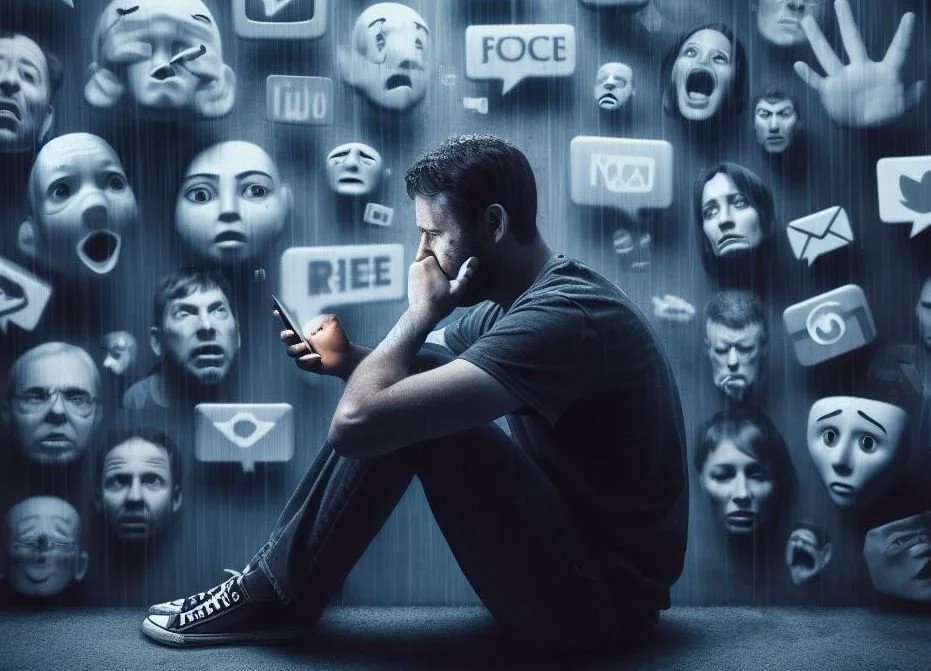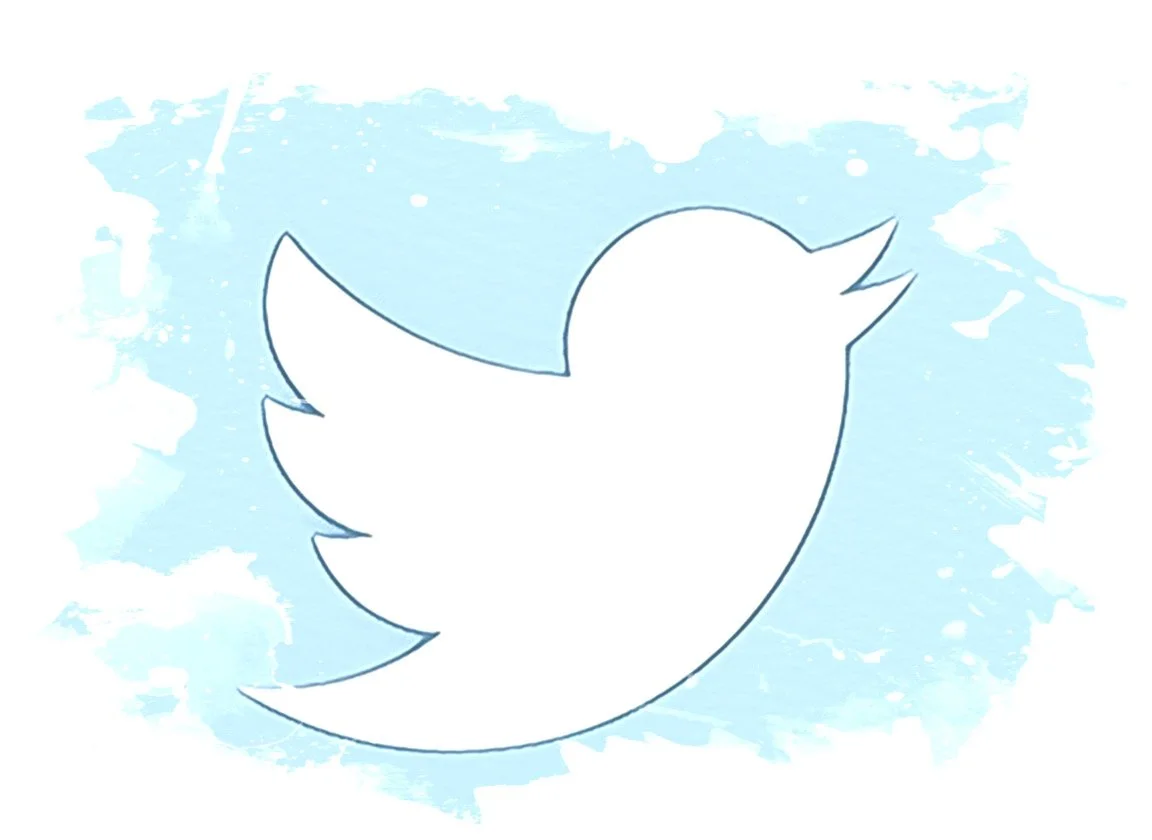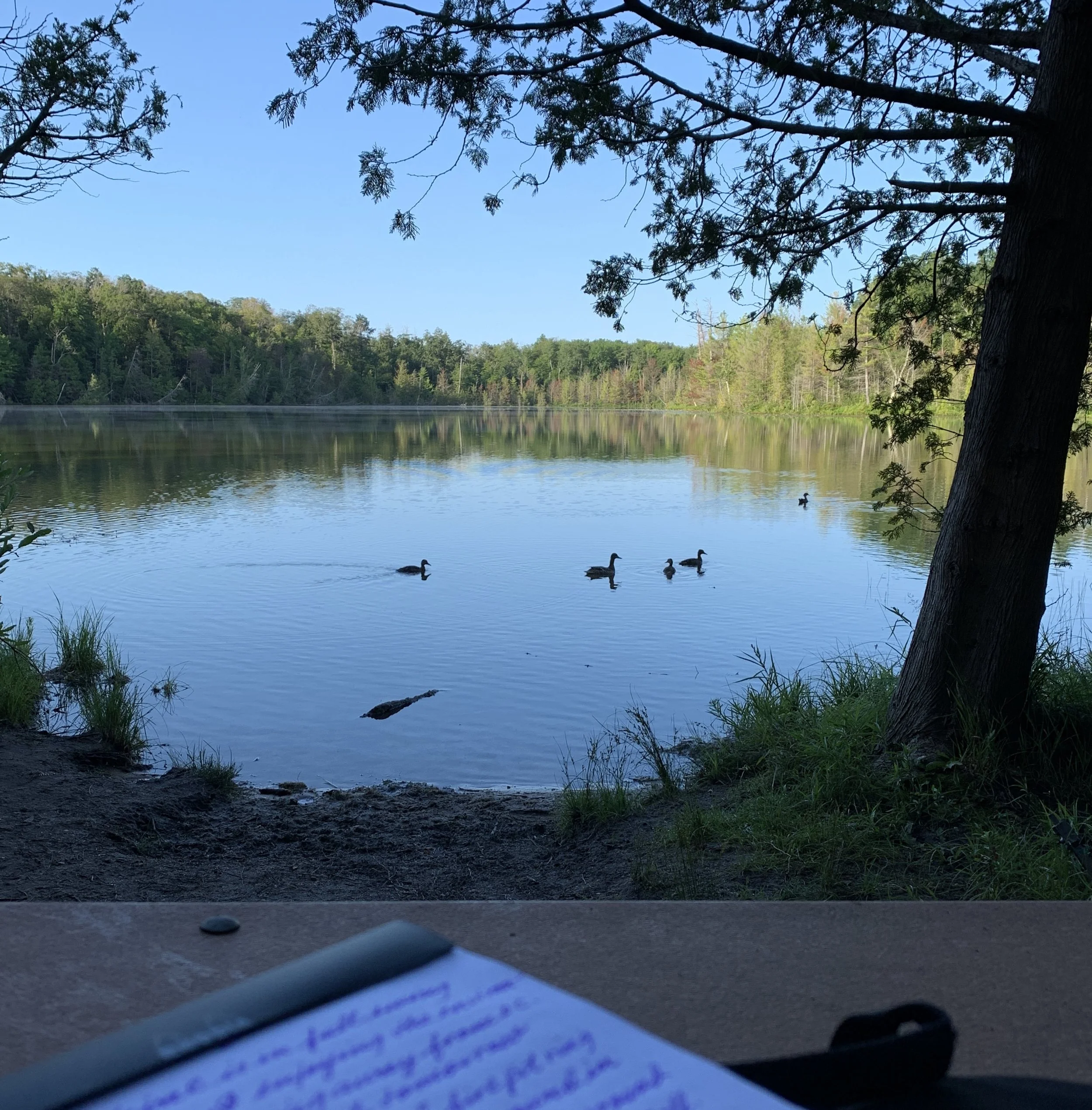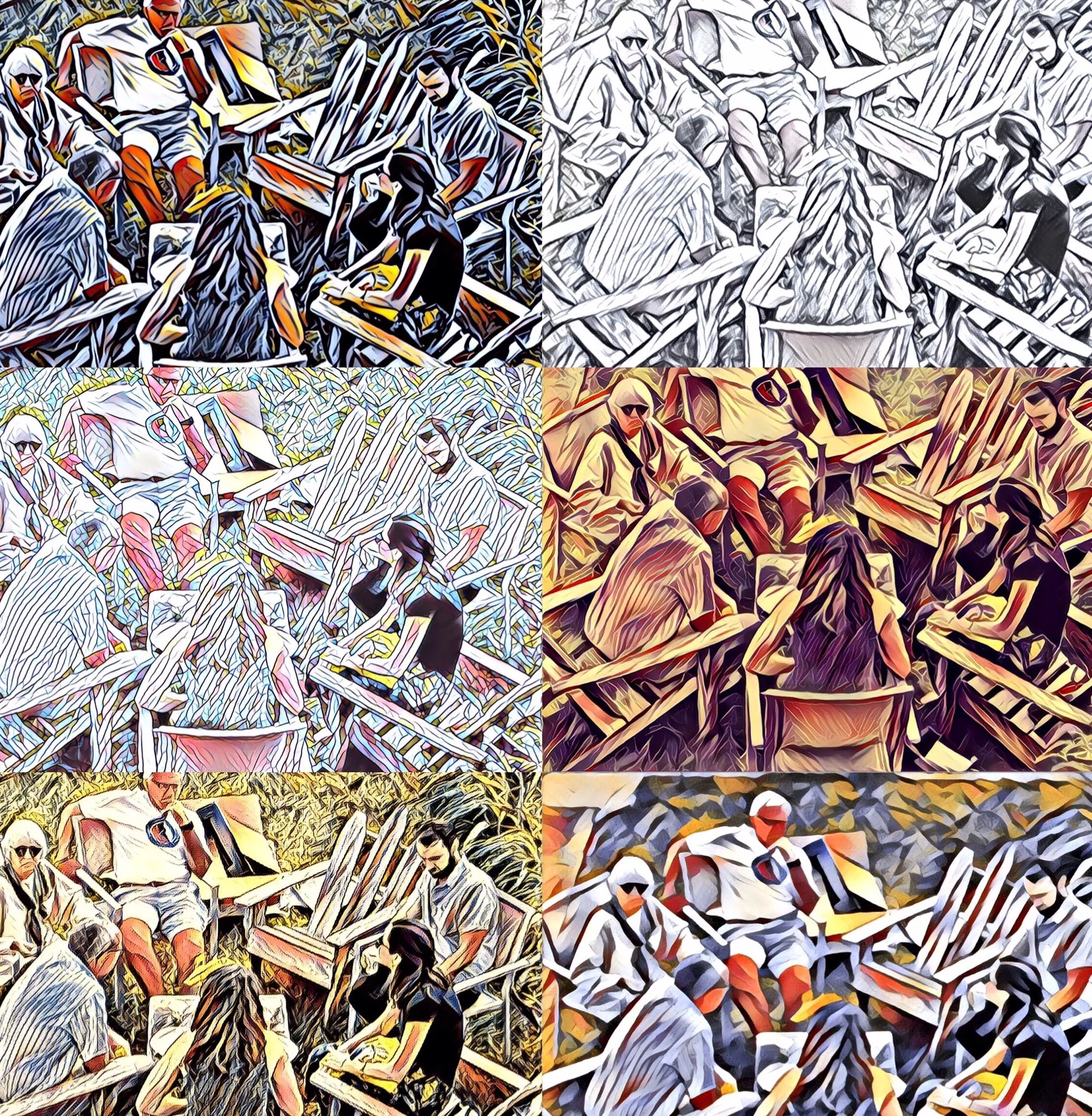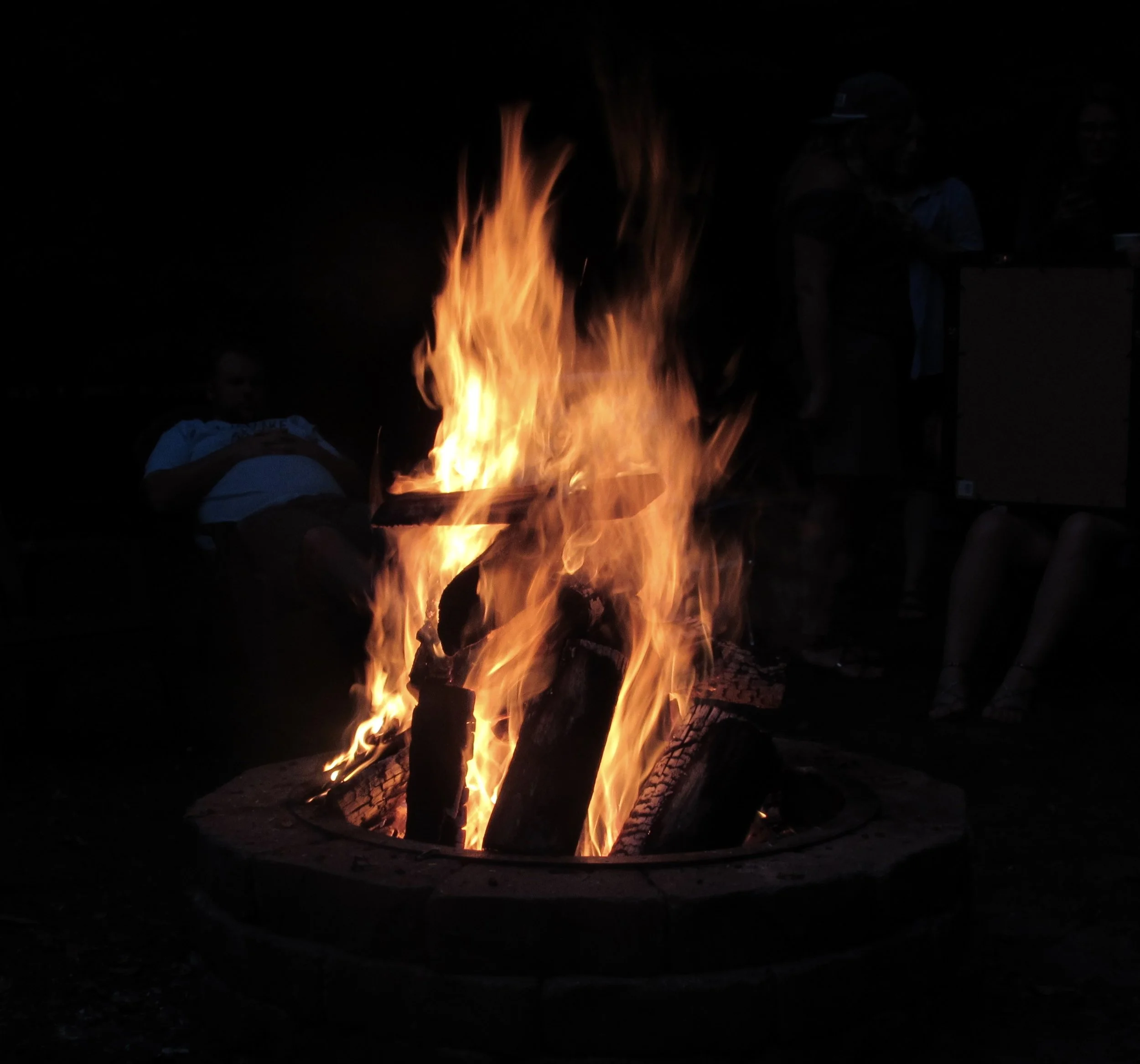Social Media and the Spread of FUD*
*FUD = “fear, uncertainty, and doubt”
I thought I had heard just about everything to know about the famous 1938 radio broadcast of War of the Worlds by Orson Welles and his Mercury Theater, but the March 25 episode of Radio Lab convinced me otherwise. This is one of the best podcasts I’ve heard and is one of the reasons that Radio Lab continues to be one of my favorite podcasts. You should download it and listen to it all the way through.
The original broadcast was famous because many people thought the Martian invasion as dramatised by Welles was real. Many responded with fear and panic. This was later studied by researchers as a way to understand “mass hysteria” and the role of media and authority figures in spreading news, information, and misinformation.
What I found most interesting about the Radio Lab episode was that this type of event has occurred at other times, as hard as that is to believe. The Radio Lab producers explore this fact in original, novel, and quite thoughtful ways.
The 1938 radio dramatisation was, after all, a broadcast. It was an example of a “one to many” distribution of information that, once heard by the audience, became — for some — a source of fear, uncertainty, and doubt. Some spread this fear, uncertainty, and doubt in person and by telephone.
It’s interesting to speculate what would have happened had the 1938 War of the Worlds audience possessed modern wireless and web based communication media. Would fear, uncertainty, and doubt have spread rapidly to all corners of the overlapping groups and communities that audience members belonged to, with individuals along the way “fanning the flames” by passing messages along and adding their own fears and questions?
Or would the truth of the matter have been quickly spread in opposition to the fiction? Would someone have popped up in a Facebook group and said, “Hey, I live in Grovers Mills and I don’t see any death rays or smoke around here!”
I was reminded of this type of situation a couple of weeks ago when negative comments about the Lacy/Zuckerman/SXSW interview surfaced on Twitter from conference attendees and rapidly spread through the web. I remember wondering, how does one evaluate the truth or falsehood associated with some of the negative comments coming out of that session, given that there is SO MUCH information available — recordings, numerous blog posts, podcasts, and rapidly available digital audio and video of the event itself.
The waves of controversy swirled back and forth for days about the interview. It quickly became evident that the truth of what had actually happened was being lost in a swelling sea of arguments about journalistic qualifications, the party the night before, sexism in the tech industries, and the behavior of a “rough crowd.”
I finally concluded that (a) this was one situation where the concept of “truth” had become irrelevant, (b) the argument was now about other things, and (c) I had no desire to spend any time myself in getting to the bottom of things — it just didn’t matter to me.
It was also clear that all manner of social media and social networking tools were engaged by people discussing and arguing about the matter, which is “par for the course” these days for all matters having to do with politics, religion, and sex.
Still, what happens when the power of social media is employed to communicate about important things, things like natural and man made disasters? Examples abound of how tools such as cellphones, digital video, Facebook groups, Twitter, and Google Maps can be used following a disaster. Doesn’t that mean that the spread of truth can rapidly overcome the spread of fear, panic, and misinformation?
Maybe. It’s easy to imagine how rumors can be spread rapidly by just a small network of cellphone users passing along text messages. It’s also chilling to think how such channels could be used by “bad guys” creating and promulgating well-crafted and disruptive messages with just enough truth to generate credibility in a high-tension situation where smoke is rising and sirens are screaming.
Still, the fact that tools can be misused in such situations is not justification that their use should not be planned for. What I wrote earlier in School Communications & Emergency Response: What are the Implications for Social Media? is also relevant here:
In this paper I have recommended that social media and social networking should be incorporated into how schools plan for their response to disasters and emergency situations. As the reports I cite here demonstrate, this is part of a much larger and more complex situation. It is also a changing situation given that technologies and usage patterns continue to evolve.
Fundamentally, to me this question is really a no-brainer. Young people use these systems day in and day out. They blog, they use social networks, they constantly are text-messaging, and they know how to exchange information and share files. Such systems are second nature to them.
To fail to take the existence and potential value of such systems into account in planning for what to do in case their lives are threatened would be irresponsible. But we do need more thinking, research, and experimentation before we know what makes the most sense.
Copyright (c) 2008 by Dennis D. McDonald
More on “social media decay”










